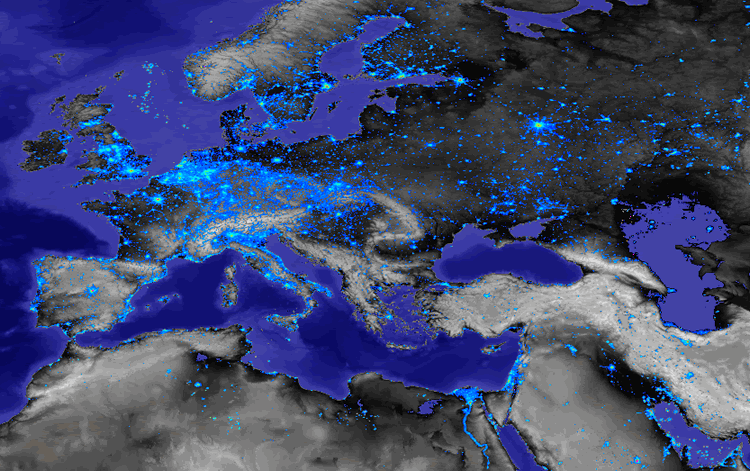




Up
FP7 ESPaCE Observatories and Institutes
Other observatories in Europe
Other observatories and institutes
Next



 Français
Français
Observatories > The largest refractors
The largest refractors
| Diameter of the lens (in cm) |
Focal length (in m) |
Observatory | Site | Date of first observation |
|---|---|---|---|---|
| 102 | 19,4 | Yerkes | Williams bay, Wisconsin, USA | 1897 |
| 91 | 17,6 | Lick | Mt Hamilton, California, USA | 1888 |
| 83 and 62 | 16,2 | Paris | Meudon, Hauts de Seine, France | 1891 |
| 80 | 12,0 | Potsdam | Potsdam, Germany | 1899 |
| 76 | 17,9 | Côte d'Azur | Nice, Alpes Maritimes, France | 1887 |
| 76 | 14,1 | Allegheny | Pittsburgh, Pennsylvania, USA | 1914 and 1985 |
| 71 | 8,5 | Royal Greenwich | Greenwich, Londres, UK | 1894 |
| 69 | 10,5 | Vienna | Vienna, Autriche | 1878 |
| 68 | 21,0 | Berlin | Berlin, Treptow, Germany | 1896 |
| 67 | 10,9 | Johannesburg | Johannesburg, South Africa | 1925 |
| 67 | 9,9 | Mc Cormick | Mt Jefferson, Charlottesville, Virginia, USA | 1883 |
| 66 | 10,8 | Mt Stromlo | Mt Stromlo, Australia | 1925 |
| 66 | 9,9 | U.S. Naval | Washington, D.C., USA | 1873 |
| 66 | 6,8 | Royal Greenwich | Greenwich, Londres, UK | 1897 |
| 66 | 9,9 | Pulkovo | Saint-Petersburg, Russia | 1912 |
Below, Europe at night showing the light pollution.
Finding a favorable site for astronomical observation is now difficult in Europe.
The existing telescopes must observe only bright objects.
